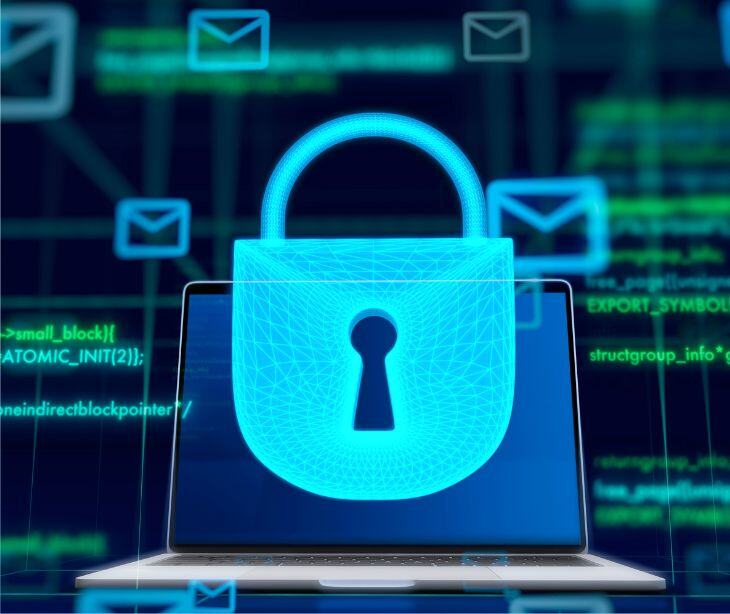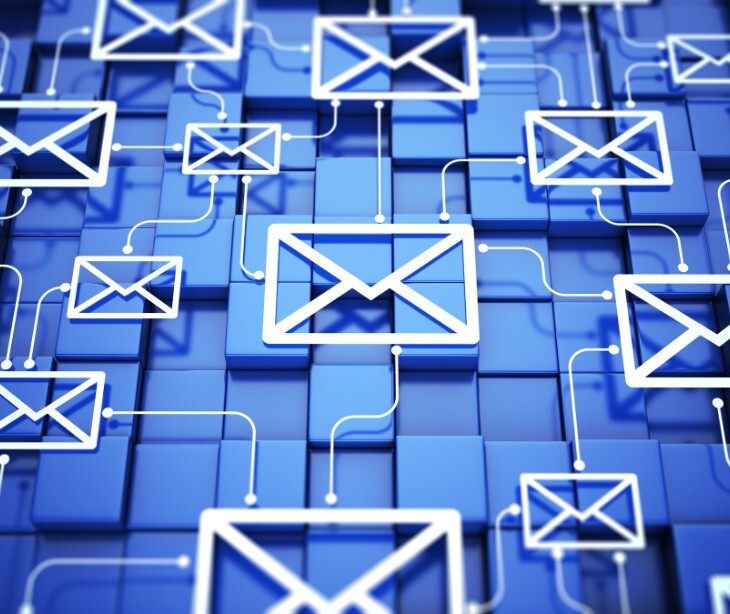
A secure email refers to an email communication that employs various measures to protect the confidentiality, integrity, and authenticity of the message and its attachments.
The use of email has increased significantly, with about 92% of Americans having an active email account. However, “cybersecurity professionals estimate that more than 800,000 people experience ransomware attacks, phishing attacks, or data security breaches each year,” says Exploding Topics. So what is a secure email?
Understanding secure email?
Secure email is the practice of employing advanced encryption and authentication techniques to protect the content and integrity of email messages. The primary goal is to ensure that only authorized parties can access the information exchanged and to prevent tampering or interception by unauthorized individuals or systems.
See also: Understanding the difference between secure and encrypted email
Key features of secure email
- Encryption: Messages are encrypted to scramble their contents during transmission and storage. Encryption ensures that only the sender and the intended recipient(s) can decrypt and read the message. This prevents interception and eavesdropping by unauthorized parties.
- Digital signatures: Used to verify the authenticity and integrity of the email message. Digital signatures confirm that the message has not been altered since it was sent and that it originates from the claimed sender.
- Authentication: Ensures that both the sender and the recipient are who they claim to be. This is typically achieved through methods such as digital certificates or public key infrastructure (PKI), which validate the identities of parties involved in the communication.
- Protection against malware and phishing: Secure email solutions often include features to detect and block malicious attachments, links, or attempts to impersonate legitimate senders. This helps prevent malware infections and phishing attacks that exploit email vulnerabilities.
- Secure storage: Emails may be stored on servers with additional security measures to protect them from unauthorized access. This includes encryption at rest and robust access controls to safeguard sensitive information.
- Compliance: Secure email solutions often comply with legal and regulatory requirements governing data protection and privacy, such as the General Data Protection Regulation (GDPR) or the Health Insurance Portability and Accountability Act (HIPAA). Compliance ensures that sensitive information is handled and transmitted in accordance with applicable laws and standards.
See also: HIPAA Compliant Email: The Definitive Guide
Why secure email matters
The importance of secure email cannot be overstated, especially in environments where confidentiality, privacy, and regulatory compliance are critical. Here are some reasons why secure email matters:
- Protection of sensitive information: Secure email safeguards sensitive data, such as financial records, personal information, intellectual property, and proprietary business data, from unauthorized access and breaches.
- Maintaining trust: Secure email solutions help organizations maintain trust and credibility with customers, partners, and stakeholders by demonstrating a commitment to protecting their sensitive information.
- Legal and regulatory compliance: Compliance with data protection laws and regulations is essential for avoiding legal liabilities, fines, and reputational damage resulting from data breaches or non-compliance.
- Mitigating risks: By encrypting emails and implementing authentication mechanisms, organizations can significantly reduce the risks associated with email-based threats, such as data leaks, identity theft, and business email compromise (BEC) attacks.
Implementing secure email practices
To implement secure email practices effectively, organizations should consider the following steps:
- Choose a secure email provider: Select an email service provider that offers robust encryption, authentication, and security features tailored to your organization's needs and regulatory requirements.
- Train users: Educate employees on secure email practices, such as recognizing phishing attempts, using strong passwords, and handling sensitive information appropriately.
- Enable multi-factor authentication (MFA): Require multi-factor authentication for accessing email accounts to enhance security against unauthorized access.
- Regularly update security policies: Review and update email security policies and procedures regularly to address emerging threats and compliance requirements.
- Monitor and audit: Implement monitoring and auditing processes to detect suspicious activities and ensure compliance with security policies and regulations.
Tips and best practies
- Enable MFA to enhance security by requiring users to verify their identity using multiple factors like passwords, biometrics, or security tokens.
- Implement robust encryption to ensure that only the intended parties can decrypt and read email content, protecting against eavesdropping and interception.
- Employees should be trained to recognize phishing attempts, suspicious links, and attachments, and encouraged to verify email addresses and avoid clicking on unfamiliar links or downloading attachments from unknown sources.
- Choose reliable email service providers that prioritize security and industry standards, including encryption, spam filtering, and regular security updates, to ensure your email is secure and reliable.
- Regularly update software and systems with the latest security patches to prevent vulnerabilities in outdated software that can be exploited by attackers.
- Implement strong password policies, requiring users to create complex passwords combining letters, numbers, and special characters.
- Encrypt emails stored on servers to prevent unauthorized access and implement secure backup procedures for data recovery in case of system failures or breaches.
- Implement logging and monitoring systems to detect unusual email activities, unauthorized access attempts, and anomalies, and regularly review audit logs for suspicious behavior.
- Develop and enforce clear email usage policies that outline acceptable practices like data handling, personal and corporate email usage, and reporting security incidents.
- Regular security awareness training should be conducted to educate employees on email security best practices, phishing techniques, and data protection, fostering a security-conscious culture within the organization.
FAQs
How does encryption work in secure email?
Encryption converts the email content into a coded format that is unreadable to anyone except the intended recipient, thus preventing interception and eavesdropping.
How do I know if my email is encrypted?
Many email clients indicate encrypted messages with a padlock icon or a similar visual cue. You can also check the email settings or consult your email service provider’s documentation to confirm encryption practices.
What is multi-factor authentication (MFA), and why should I use it for email?
MFA requires users to provide multiple forms of verification (e.g., password, fingerprint, security token) to access their email accounts. MFA enhances security by making it more difficult for unauthorized users to gain access.
What are the risks of not using secure email?
Without secure email, sensitive information is vulnerable to interception, unauthorized access, and tampering. This can lead to data breaches, identity theft, financial losses, reputational damage, and non-compliance with data protection regulations.
Subscribe to Paubox Weekly
Every Friday we'll bring you the most important news from Paubox. Our aim is to make you smarter, faster.




